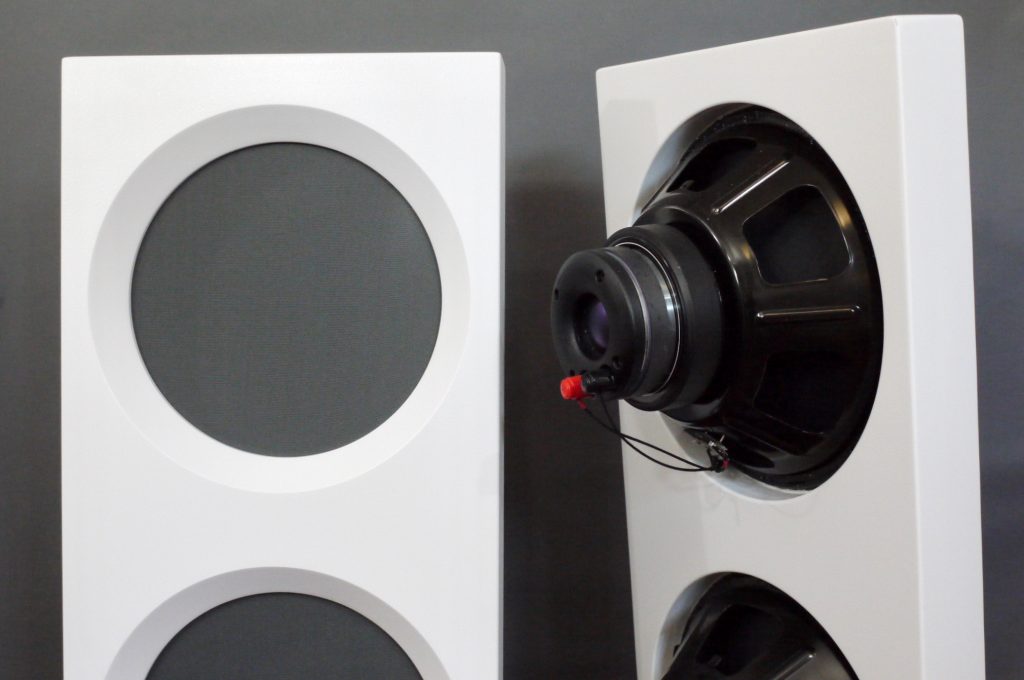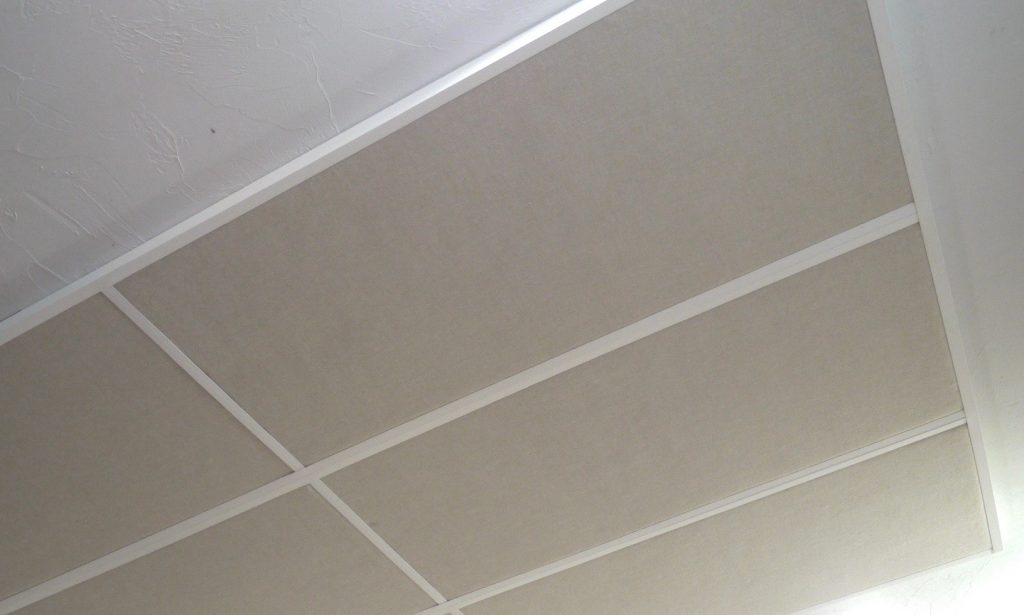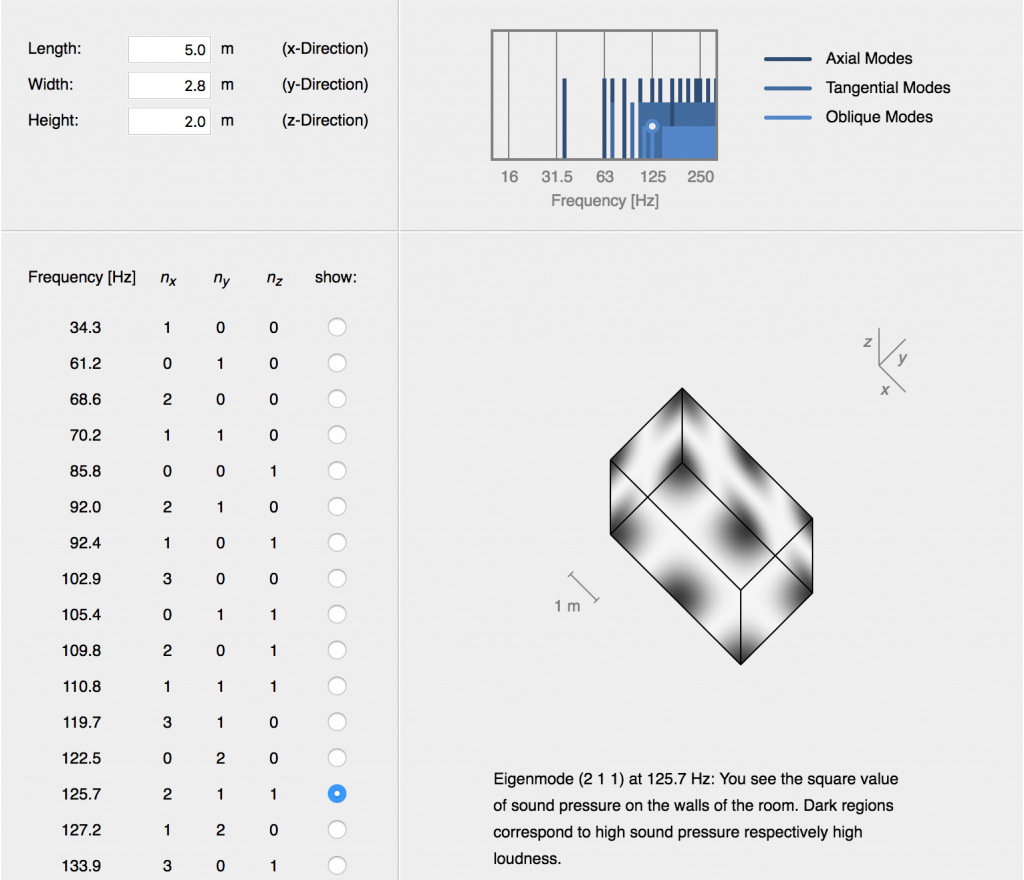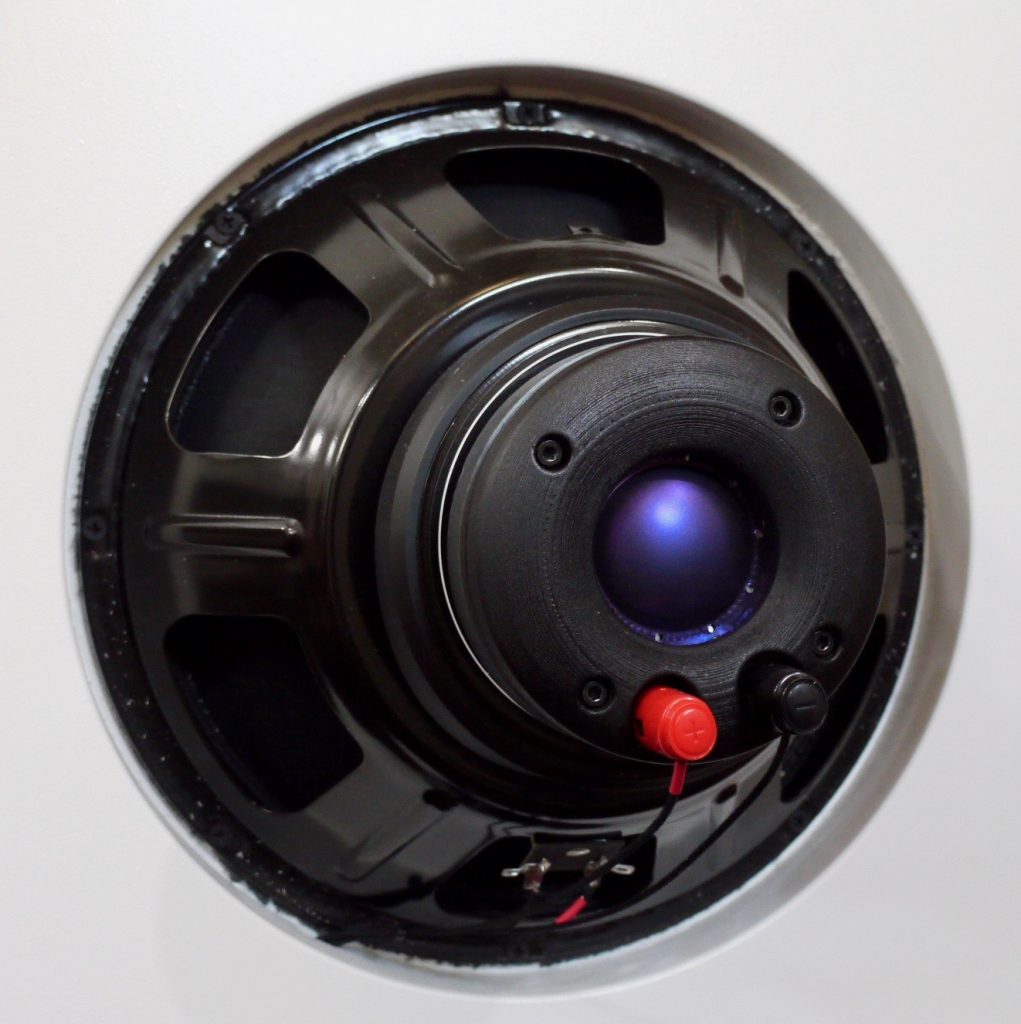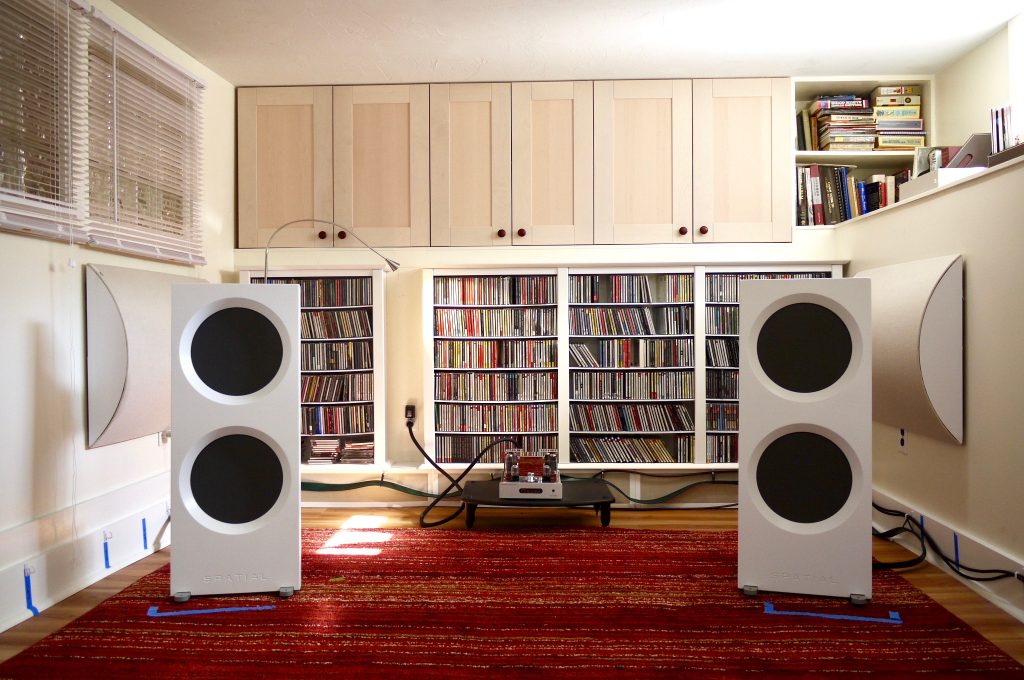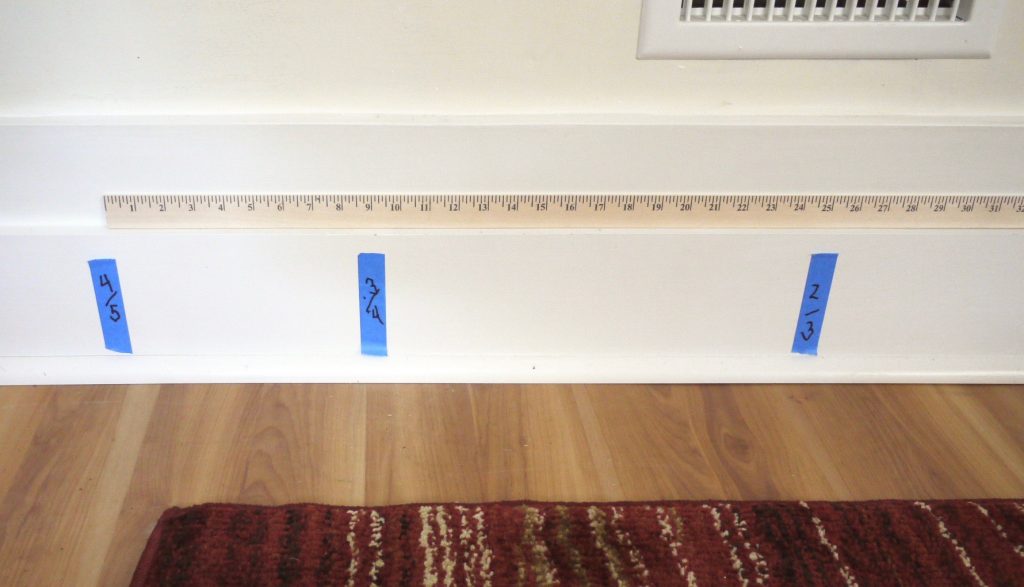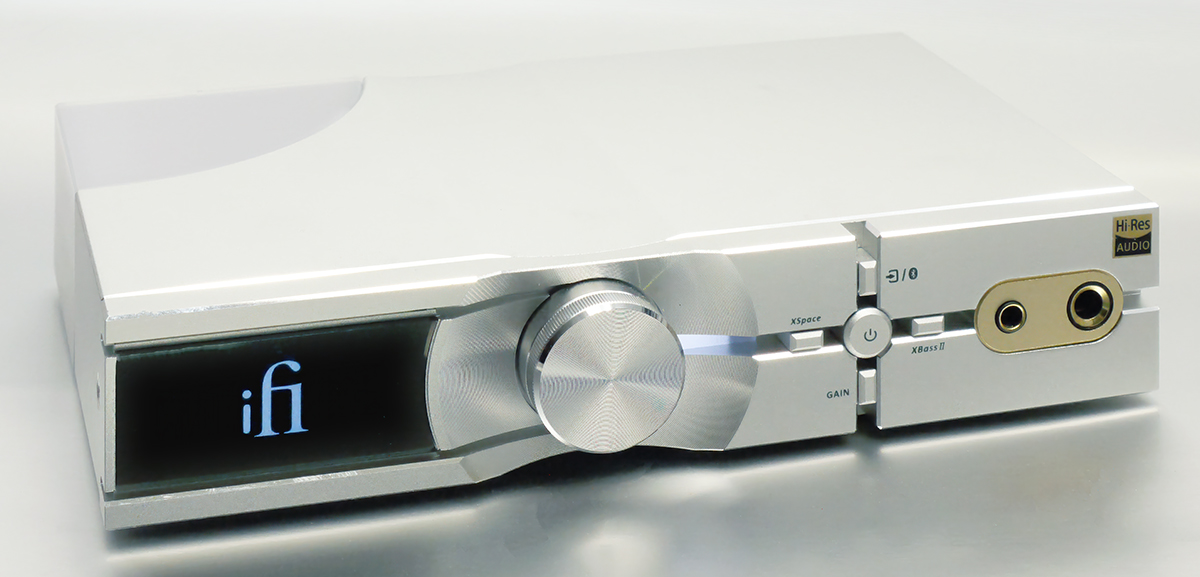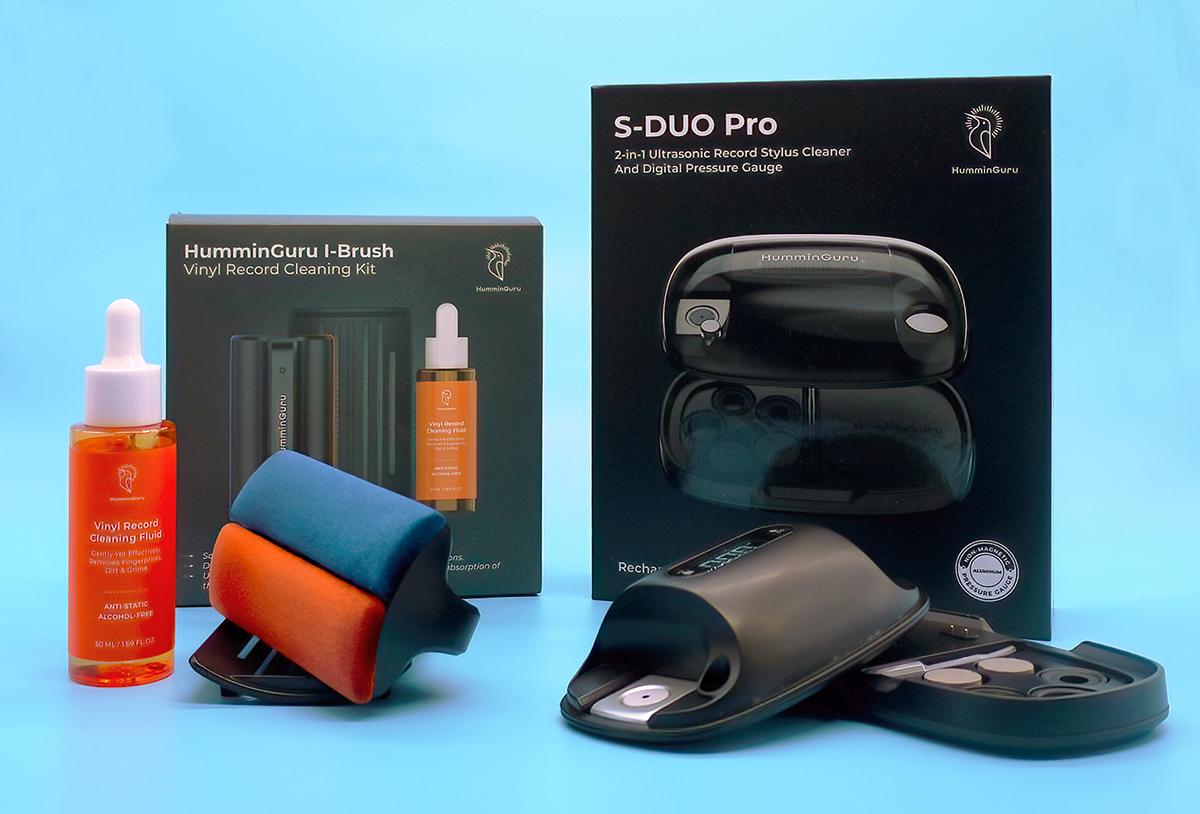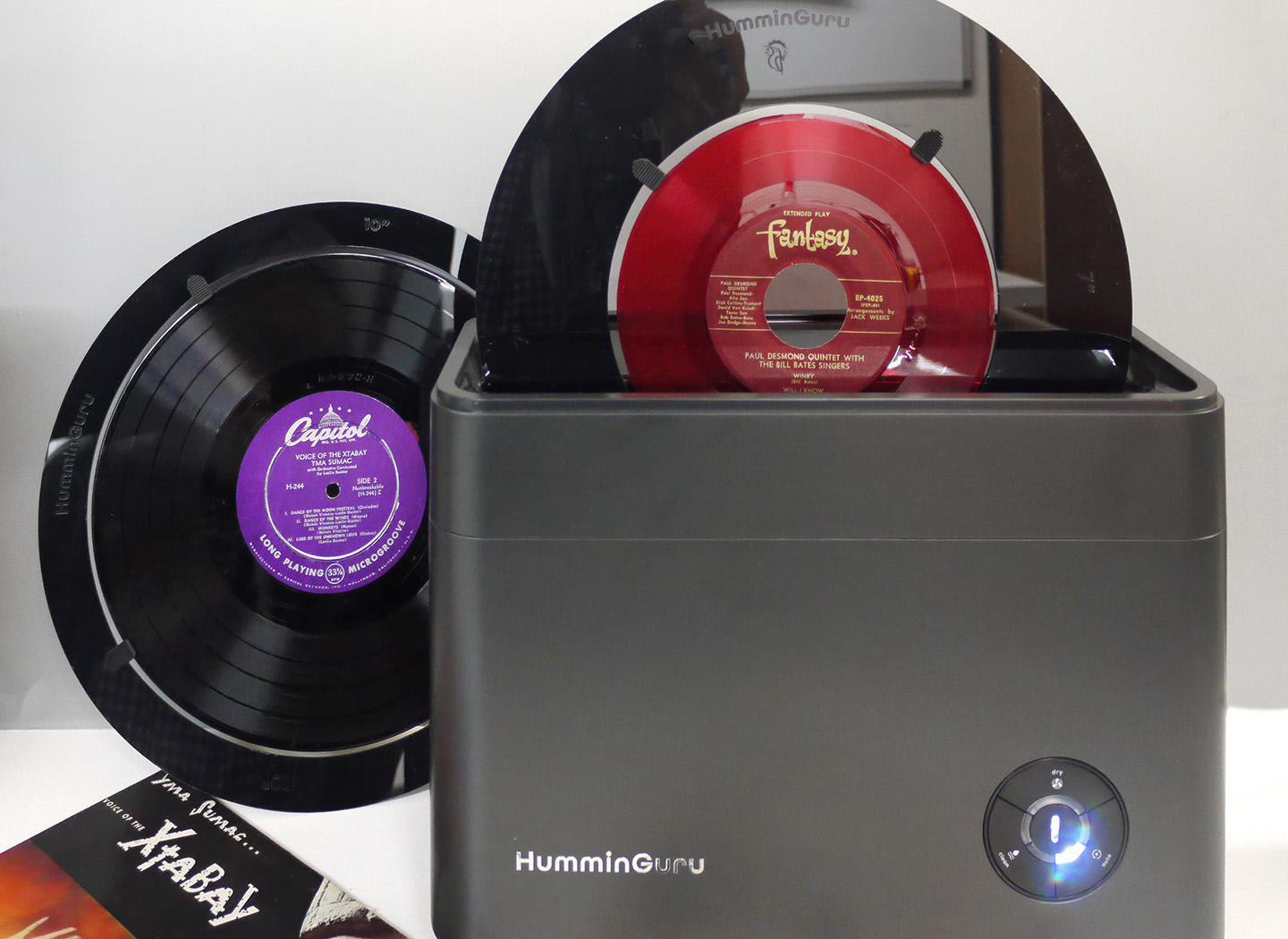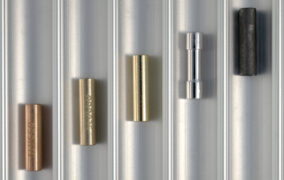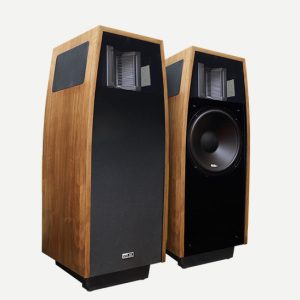I don't trust loudspeaker reviews.
OK, you do realize you can't trust what you read in the paper, see in an advertisement, watch on cable news, hear on talk radio, or click on Facebook? Or anything on the Internet at all? Unless, a priori, you agree with the content, the trolls, or the known bias?
Even so, loudspeakers are a special case: one can't evaluate a loudspeaker without also hearing the contribution of the electronics, cabling, and a recording. Yet even more important is the "sound" of the room the speaker is in. As a culture, we have evolved idealized structures for audible art—we call them concert halls, theaters, opera houses, clubs, cathedrals. Rarely does a domestic environment (or a hi-fi show hotel room) measure up, acoustically. As audiophiles we design, treat, and tweak our available listening spaces with these realities in mind. Often, I find myself re-interpreting a review by looking at pictures and/or videos of reviewers' rooms and set-ups with envy, amusement, or sometimes horror. For example, parsing Stereophile's reviews and recent series of "home movies" is thus instructive. Art lives in a cold climate, but prefers listening with the windows open. Mikey's room treatment is basically a labyrinth of record shelves. Herb has his bunker.
I have a burrow. And this is my first loudspeaker review from that space.
Everything that follows here stems from that situation. Including the fact that the Spatial Audio Hologram M4 Triode Masters are absolutely the best-sounding speakers I've ever heard in my dedicated listening room. That's what the ad guys call "the money quote". (They are actually only the 4th set of loudspeakers I've tried there. The other 3 I already owned, are no longer manufactured, and sounded worse in-burrow than in prior installations).
See what I mean? One needs to know something about the loudspeaker technology, of course, but also about the specific room and layout, the ancillary gear, the recordings and test procedures used, the reviewer's musical taste and biases, etc.—at least enough to compare with one's own experience and preferences. For example, I would find little of personal relevance in a review of solar powered wireless speakers done in a yurt by a famous audio guru using Uzbekistanian hip-hop MP-3s, although I'd probably really enjoy reading it.
Over the years I've heard many loudspeakers, but owned only a few that sounded remotely like real music in a real space. First, as an apartment-bound singleton, it was the Spica TC-50, with a sloped baffle that time-aligned the drivers and directed much of their output towards the ceiling, enhancing their "spatial" presentation and killer imaging. When I had a large, well-damped living room, Magneplanar dipoles were the ticket to musical bliss. No more "cones in a coffin" I swore. But when I moved to an adobe home in New Mexico, the same Maggies were a disaster in our ultra-reverberant tile and plaster casita. At a CES maybe 12-15 years ago, I encountered the Finnish Amphion Xenons, a slender tower featuring a controlled dispersion design: a wave-guide loaded tweeter crossing over at 1200Hz to an open baffle midrange, then to a side-firing woofer with variable bass output. Room problems solved, and I even bought their similar stand-mount Argon 2s. The Amphions worked just as well in a couple of other spaces after I returned to the East Coast. Quite different designs these, but all had controlled dispersion and fabulous imaging in common—albeit with a tight "sweet-spot." In effect, they played in concert with the room, not against it.
The Renovation Blues
You may wish to skip down several paragraphs to the review proper, but otherwise let me share some details of my new room—and perhaps a few tips long the way. As part of the renovation of the Martha's Vineyard bungalow I now call home, the basement was finished off to provide an office, a workshop, storage space (for a few thousand LPs), and a listening room. Being no fool, I laid out the room as closely as possible to George Cardas's Golden Cuboid spec, using 2x the Fibonacci series 3/5/8 as proportions. Unfortunately, it is a 100+ year old house, folks were shorter back then, and the ceiling height is only 6' 5" (and I'm 6' 2"). The house was built on sandy soil, and thick concrete buttresses were added along much of the exterior foundation to prevent settling. Framed up and insulated, the result is a 4' high counter along most of the right wall. Thus the average room width is over 10', but the clear space on the floor is only 9' 3" wide, except for a handy nook for an equipment rack at the rear right. The length is about 16' 3". It is what I call a bargain basement. The floor is laminate on concrete slab, topped with a $200 WalMart polypropylene rug and pad. LP storage is an IKEA Kallax (behind listening position), and the CD shelves (behind speakers) are from Wayfair. There are built-in IKEA cabinets above the CD shelves. The floor area is about 165 sq ft, total volume is a bit over 1000 cubic ft, or about what a 10' x 12' room with 8' ceilings would yield. (Yes, I considered digging out the floor to increase headroom, but the cost estimate was about the same as a new bathroom, and I was out-voted, 1 to 1).
I knew from the get-go that optimizing the room would be a challenge: basically, I had to eliminate the room's "sound" without over-damping the speakers' output. Empty, there was tremendous slap-echo and clatter that adding the rug barely affected. I've always fabricated my own custom room treatments, so on a tip from a friend with a nice home-built studio, I contacted ATS Acoustics, who can supply a wide range of DIY components as well as standard products. But given the low ceilings, standard 2" bats were too thick—the best I could do there was fabric covered 1" fiberglass panels, but which in effect "raised the roof" nicely.
Next, I put tape markers along the baseboards at the half, thirds, quarters, and fifths divisions on the long walls. Why? Because the dreaded "room modes" always occur at the even divisions of a room, and at frequencies (and octave harmonics) directly related to the room dimensions (34Hz, 61Hz, and 86Hz for my room). There are several sites on the web that automatically calculate these "eigenmodes"; here is my room per one site:
(As 34Hz is below the output of most "small" speakers, the image is for 68Hz (2x34), 61Hz, and 86Hz, the lowest frequencies of concern).
By implication, and as the diagram confirms, the safest spots to position loudspeakers and/or listener would be at the odd intervals. It is this notion that led Harry Pearson of The Absolute Sound to postulate his "Rule of Thirds." Essentially, placing both speakers and listener at 1/3 the distances between walls minimizes the effect of room modes. Acoustics gurus with advanced math skills refine that to 37.5% of a room dimension (i.e., 3/8ths). George Cardas uses his Golden Ratio concept to place speakers .276 x the width of the wall behind the speakers away from the side walls, and .447 x that width in front of that wall. Allan Perkins of Immedia used a different scheme back when he rep'd Audio Physic speakers: placing the speakers in the middle of the room, and the listener 1-3 feet from the back wall. The idea was to ensure maximum time delay between the direct and reflected sound, and maximum bass extension.
Now I knew all that, but whatever the scheme, my previously splendid Xenons sucked in the burrow. I mean, literally: at 42" tall, they placed the mid-range driver exactly half way (38.5") between ceiling and floor, and the side woofer at a quarter of that distance. Thus the vertical room mode was activated, and the floor-bounce path was the same as the ceiling to listener distance, so the normal mid-bass cancellation frequencies were exaggerated. Net result: major peaks and suckouts. Plus, putting the speakers .276, .333, or .375 x the room width from the side-walls left only 50", 37", or 28" between the speakers. That's desktop stereo soundstage, guys. I want Big Sound.
Unfortunately, most stand-mount monitors atop 24-30" stands (as typically recommended for small rooms) also end up with drivers about 36-39" above the floor. That's also the typical ear height in many chairs—and coincidentally (?) about 3/8ths (yes, that ideal 37.5%) the height of a standard 8-foot ceiling. For comparison, 3/8ths of my ceiling height is 29". I tried some stand-mount monitors (including the Amphion Argon 2's that have long been part of my "office" system) on shorter stands to no avail: proximity to the floor and/or side-walls bloated the bass.
With the low ceiling, a shorter speaker was needed. I did my research online and at audio shows, and ended up with a short list of possible contenders—with Spatial Audio's open baffle speakers heading the list. Open baffle (OB) loudspeakers have drivers mounted on a wide plank, open to the sides and rear, no cabinet. Without naming names, much of the production cost of those insanely expensive ultra-high-end loudspeakers comes from making speaker cabinets as stiff, rigid, heavy, inert, and non-resonant as possible. Get rid of the box, and you eliminate a lot of production costs and attendant problems like shipping charges to Saudi Arabia.
Spatial Awareness
The Hologram M4 series are the smallest, least expensive speakers in the current Spatial lineup. The base M4 Turbo S is $1995/pair, and features dual dipole 12" drivers and a high-frequency compression driver mounted coaxially within the upper bass driver, audiophile grade Clarity caps in the crossover, Jeff Day's DIY darling Duelund tinned copper wire to the drivers, and is 93dB efficient at 4 Ohms. The Triode Master uses a dipolar compression driver and has 93 dB efficiency at 12 Ohms, an easy load for both solid-state and tube amplifiers, for $2995. The lesser model can be factory upgraded if desired. All share the same form factor: 36" high, 14" wide, and 3" deep (plus the drivers hanging out back, of course). And…the compression driver at the center of the upper woofer is that ideal 29" above the floor.
Incidentally, the Hologram M3 series repeats this upgrade path, but are larger at 42"h x 17"w, and their 15" bass drivers provide bass extension to 32Hz (as opposed to 45Hz with the M4s, but see below), and are recommended for rooms over 12' wide. John Zurek reviewed the M3 Turbo S HERE, and yes, you can trust his review. The more up-market X2 and X1 incorporate air-motion tweeters and true horn high frequency drivers, respectively. Spatial has a small dealer network, but primarily sells direct with a 60 day return privilege. In Europe, Spatial products are assembled in Germany, as there is no need to ship unfinished MDF overseas.
So why audition the M4 Triode Master? Well, as the top model in the lowest price line, think of it as like a Mini Cooper S for folks who don't have garage or wallet for a BMW X6. Besides, when I contacted Spatial's Clayton Shaw about a review, he suggested the Triode Master, as my listening preferences tilt toward classical music, jazz, and other genres not assembled and autotuned from parts in a studio, and the recreation of spatial relationships (aka "imaging") is important to me. I realize that for many audiophiles, PRaT and/or a wide sweet-spot can often trump "soundstage," but as you will see below, the burrow is optimized for a single sit-down "sweet spot." Bottom line, the M4 Triode Master design offers point-source imaging (like the Spicas) and tweeter dispersion limited to about 80˚ (like the Amphions), along with Maggie-like dipole side-wall nulls and backwave, all in a 3' high package, at an affordable price point.
The M4TMs (as I'll refer to them) arrived securely packed in two large cartons, suspended by injected foam pillows. At 44 lbs apiece, I could unpack and move them to the basement by myself; setup consisted of merely bolting the support legs in place (wrench included), and installing plastic footers to allow easy positioning (spikes are also included for final placement). The MDF panels are painted with a slightly nubby matte finish, and with the drivers hidden out back, the speakers appear smaller than they actually are from the listening position. There is a single set of heavy-duty 5-way connectors at the base; there are no level controls for any of the transducers.
Rasslin' with the Room
The included manual seems to generically address both the M4 models, with no mention of the M4TMs' unique dipole treble compression driver. Thus, the suggestion to put the listening seat at the 1/3 distance from the rear wall, and to simply move the speakers about a few feet from the front wall to balance the stereo image/spectral balance when aimed at the listener's ears, is—I believe—incomplete. OB speakers do not "load" the room like conventional box designs. Counter to "normal" practice, moving the speakers towards the front wall can actually reduce bass (rear wave cancellation). At the same time, there is a sidewall null where the opposite phase rear bass output cancels the forward output. Audiophiles who have walked around tall panel speakers—Maggies, electrostats, etc.—will know the phenomena. But, and crucial to my small room application, the sidewall null also allows the M4TMs to be placed much closer to side walls than ordinary box speakers. So, in defiance of HP, GC, AP, and Spatial's own advice, I positioned the M4TMs at 1/5 of the room width from the side walls: 22" from center to wall, pulled out 1/3 of the room's length, leaving the pair 5'-7" apart, center-to-center. That's Big Sound! in a Small Room.
Next task was to identify the "first reflection points" on the side walls. Using a mirror to do this works, but what is rarely noted is that there are two reflection points on each wall-for both left and right speakers. Toeing speakers in/out changes imaging and focus partly because it changes the reflected sounds from these points. They are easier to spot using the ASC Optical Alignment Kit than a mirror; using $5 LED lights in front of the top drivers made it easier still. However, because changing speaker and/or listening positions moves the reflection points, I eschewed the fixed mounting hardware that comes with most commercial acoustic treatments. Instead, I attached cheap 3' "door sweeps" to the panel backs and positioned a series of screws at the appropriate height along the walls, allowing me to slide the panels fore & aft as needed.
Finally, I put tape at the 4/5, 3/4, and 2/3 room length distances from the front wall as potential listening chair positions, giving options for far- and near-field seating, while avoiding the 3/4 bass node position. Even on the "long" 16' wall, those points are not that far apart. I should mention that the M4TM's bass limit is stated as 45Hz, which may put some folks off. Of course, few mini-monitors go any lower. The "near-field" seating position presents the clearest, deepest 3D soundstage, and for most recordings, 45Hz is fine. However, for large-scale symphonic fare and/or maximum bass, I can slide the chair back towards the rear wall, to what I think of as the "Perkins Position," and the natural bass lift at the room boundary extends the bass into the low 30's. Zarathustra Also Sprachs sehr gut from back there, no sub-woofer needed.
I find any high-end component—from the AC outlet to the speaker—benefits from extended burn-in. As much of my system had been mothballed, I had used the Hagerman Frybaby (for cables) and Frycorder (for power cords) on all my cabling while waiting for the speakers to arrive. A preliminary sound check with the M4TMs suggested the bass and treble drivers were not blending really well at the crossover: 800Hz is rather low for a treble driver, and high for a 12". I used a couple of dedicated burn-in CDs (including the Ayre disc with the 5Hz to 20kHz sweep tone and white/pink/brown noise) before switching to music. My current favorite tweeter beater is Swinging for Schuur, featuring Maynard Ferguson's little big band with five trumpets hitting impossibly high notes at least 15' above the stave.
At the bass end, my usual Flecktones' Victor Wooten woofer workout was complemented by Azazel, with the unusual make up of the Masada Trio (violin, cello, and double bass) playing John Zorn compositions to gauge tone and articulation.
Basically, I alternated playing these discs on repeat overnight with evenings of listening sessions. While results were very promising, the bass was now a bit over-ripe. There's no floor space in the room for classic cylindrical "Tube Traps", so I improvised. Bass intensity is highest at room boundaries and corners. Using more of the 1" panels used for the ceiling, I built a bass trap across the front of the room below the CD racks, and added traps for the rear ceiling corners and above the Kallax LP shelves, filling them with Roxul left over from the renovation. The inexpensive "structural" framework for all the DIY treatments can be found HERE.




